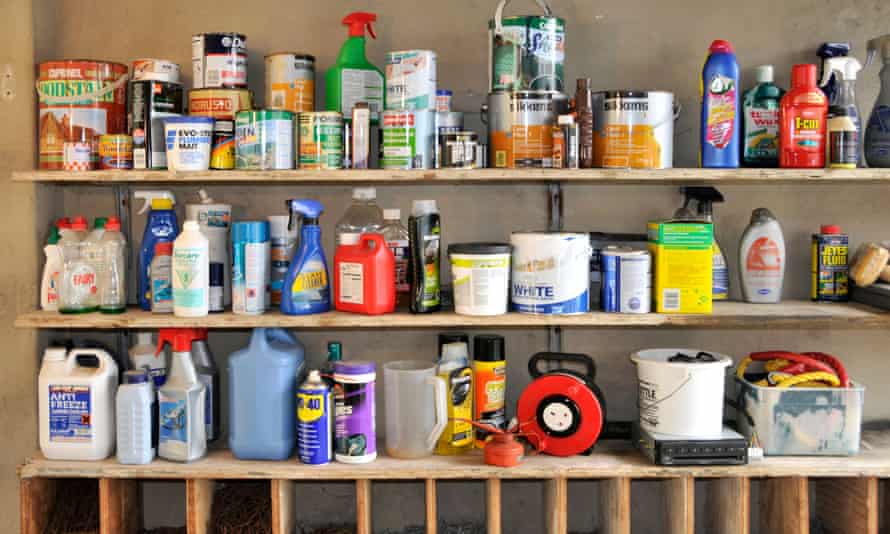UN secretary-general on global access to vaccines and effort to combat climate change
Duration: 03:30
AP Top Stories April 8, 2021
It’s possible that I shall make an ass of myself. But in that case one can always get out of it with a little dialectic. I have, of course, so worded my proposition as to be right either way (K.Marx, Letter to F.Engels on the Indian Mutiny)

Nurses and support staff died in far higher numbers than physicians.
Our reporting found that CDC guidance on masks – which encouraged hospitals to reserve high performance N95 masks for intubation procedures and initially suggested surgical masks were adequate for everyday patient care – may have put thousands of health workers at risk.
We exposed how the labor department, run by Trump appointee Eugene Scalia in the early part of the pandemic, took a hands-off approach to workplace safety. We identified 4,100 safety complaints filed by healthcare workers to OSHA, the Labor Department’s workplace safety agency. Most were about PPE shortages, yet even after some complaints were investigated and closed by regulators, workers continued to die at the facilities in question.

Biden announces sweeping gun reform orders
The White House has announced several executive actions on gun violence after recent mass shootings. Plus, more than 3,600 US healthcare workers died in the first year of the Covid pandemic

The White House announced several executive actions against gun violence yesterday, after mass shootings in the US in recent weeks.
It also said it would nominate David Chipman, a former federal agent and gun control advocate, to lead the Bureau of Alcohol, Tobacco, Firearms and Explosives. Key orders from the announcement include:
Rules on unregistered “ghost guns”: The justice department must come up with regulations on unregistered firearms, assembled from parts, in the next month.
Tighter controls on pistols: The department must make sure pistols that are fitted with stabilising braces, essentially turning them into rifles, are regulated under the National Firearms Act. The suspect in the recent shooting in Boulder used an adapted pistol, which are easier to get hold of than rifles.
Resources for prevention measures: Joe Biden will tell agencies to pump more resources into community violence prevention measures, and the justice department to suggest “red flag” laws that give family members steps to take firearms away from those they deem a threat.
Political support: Officials said they would also be encouraging congressional Democrats to pass more regulations on gun control.






 © Photograph: Mohammed Salem/Reuters A Palestinian aid worker prepares food supplies at a UNRWA distribution centre in Gaza.
© Photograph: Mohammed Salem/Reuters A Palestinian aid worker prepares food supplies at a UNRWA distribution centre in Gaza.